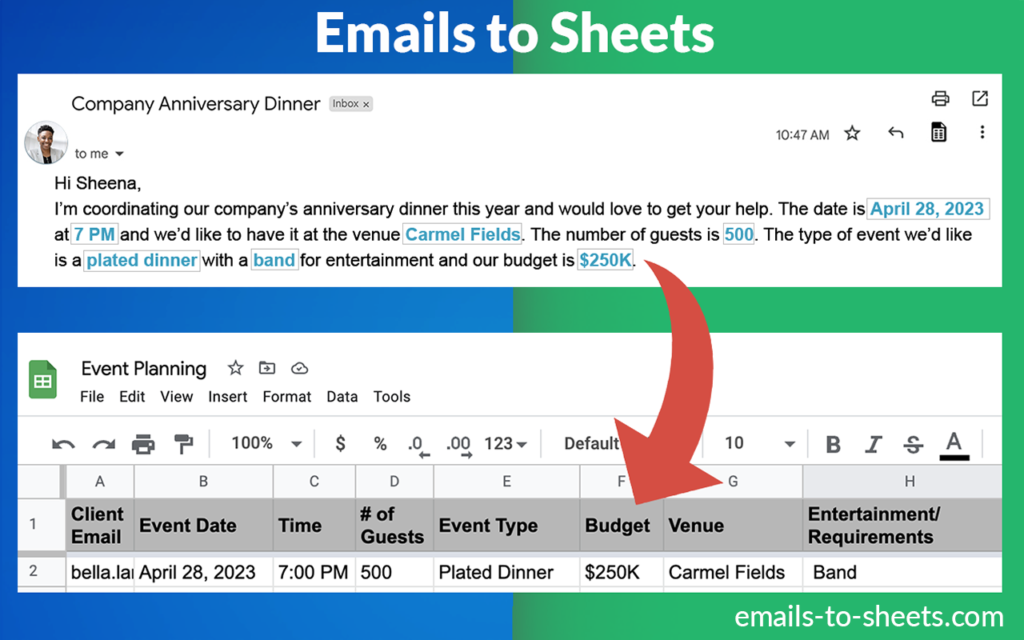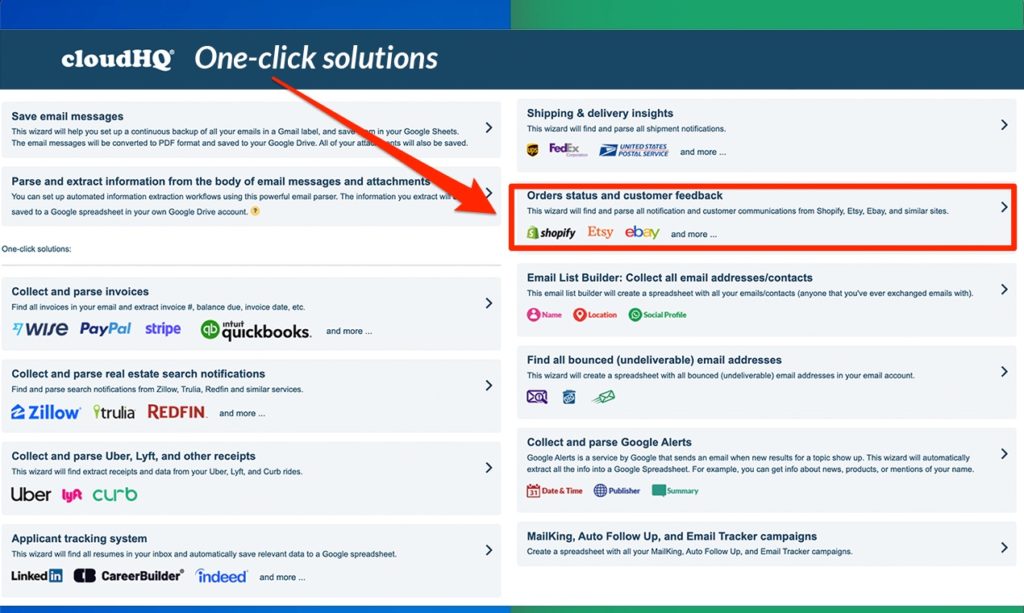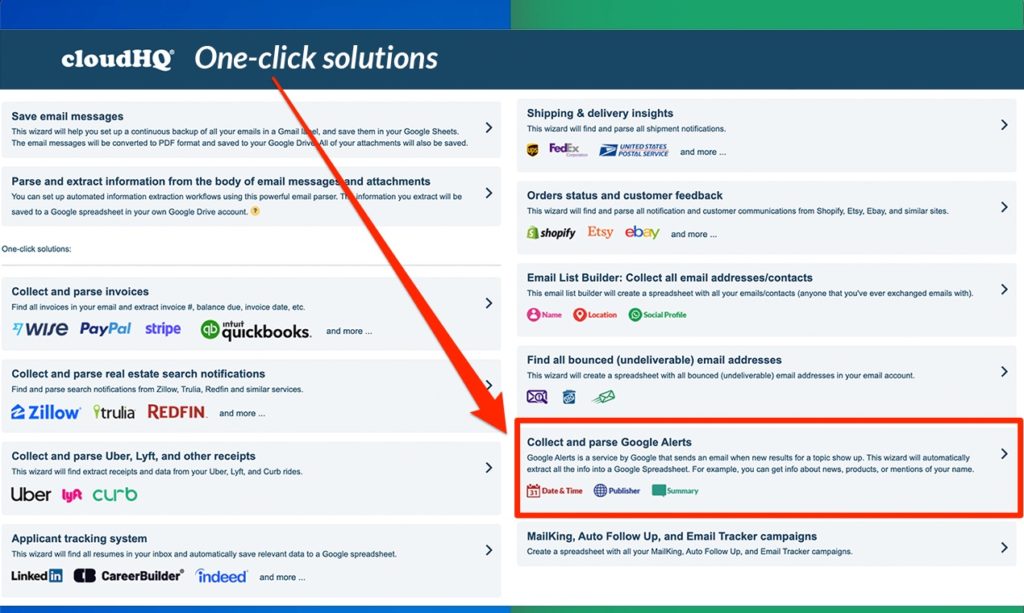Receiving a high quantity of emails can send you into a frenzy when you’re already behind on your data entry duties. While workflow automation has rapidly transitioned from being a buzzword to becoming an industry-wide practice, skeptics might hesitate to switch.
According to Think With Google, 88% of advertisers use automation tools to save time and accelerate performance. Let’s look at how an email parser works, and 3 high-performing features that simplifies your workload.
Email Parser Software… Demystified!
An email parser software processes data and extracts essential information. It saves you the trouble of sifting, sorting, and organizing business emails daily. So, an API does the job for you instead of dedicating significant hours or personnel to tedious data entry tasks.
It performs these tasks quickly and efficiently without any costly human errors in a single click.

With well-integrated features and functions, advanced email parser software can help you work smarter and more efficiently, not harder and frantically every day.
3 Efficient Email Parser Features Our Users Love
Our email parser software extracts information beyond the email header and body. It also acquires essential data like contact information, event dates, and invoice numbers from attachments.
That means you can scroll through a meticulously organized spreadsheet report instead of going through PDF documents, MS Office files, and CSV files one at a time.
We take things a step further with built-in tools to synchronize and analyze business data.
If you are interested in optimizing workflow automation, the following email parser features can help.
1. Refine Your Customer Support Response Time
Many companies claim to be around for users 24/7.
However, customer support queries received over the weekend, and busy workweeks can create clogs within the system. It can cause your sales team to miss emails and send inquiries later than required.
An email meter enables you to detect issues and create business-specific KPIs to track email usage. You can use data analytics and statistics to monitor customer support inquiries and responses more efficiently. For instance, the email meter lets you know how many emails you receive over the weekend and how much time it takes to send replies.
Once you know the stats, you can adjust your CRM to ensure your clients don’t have to wait weeks to receive an answer. Your attentiveness can help foster a deeper connection and improve customer loyalty.

2. Parse Google Alerts to Manage Your Online Reputation Better
Forward-thinking brands use Google Alerts for content discovery, back linking opportunities, digital marketing, and online reputation management.
Yet, many companies need help to utilize the feature correctly because they often put these notifications on the back burner to address priority tasks.
Use our email parser software to sync Google Alerts with an automated Google Spreadsheet that updates itself. That way, you will know when and where someone mentions your products, services, and brand online.
Having the correct information at your fingertips can help you handle bad online reviews, address the negative press, and ensure your company is represented well on digital forums. It also screens Google Alerts for relevancy to ensure you don’t waste time chasing dead ends.

3. Create a Single Google Spreadsheet to Track Email Campaigns
Keeping an eye on email campaigns can become challenging when you bounce from one tool to another. Our email parser features include a unique wizard that automatically creates a consolidated report for your email tracking campaigns. It can extract data from: MailKing email marketing software, Email Tracker, and email sequencing Auto Follow-Up to ensure your email marketing efforts aren’t futile.
You can expect the spreadsheet to present:
- Open and click rates for each email message sent
- Detect invalid email IDs by listing undelivered emails
- Create an analytical report of your outreach email campaigns by tracking positive and negative responses & more
Access to these business insights allows you to spend ad dollars on email campaigns that work and pull the plug on those that don’t.
The Bottom Line
Workflow automation can be valuable for your organization. Our specialized email parser features bring business data to a single spreadsheet. It also syncs email messages sent from third-party apps like your chosen CRMs, MailKing, Auto-Follow Up, and Email Tracker to help you monitor customer correspondence and email campaigns.
Getting essential data from a single source allows you to react and respond instead of spending time collecting and processing information. Ultimately, it helps you save time, energy, and money often misused on data entry duties.
Are you ready to supercharge your workflow automation? Learn more about best practices to parse emails here.
